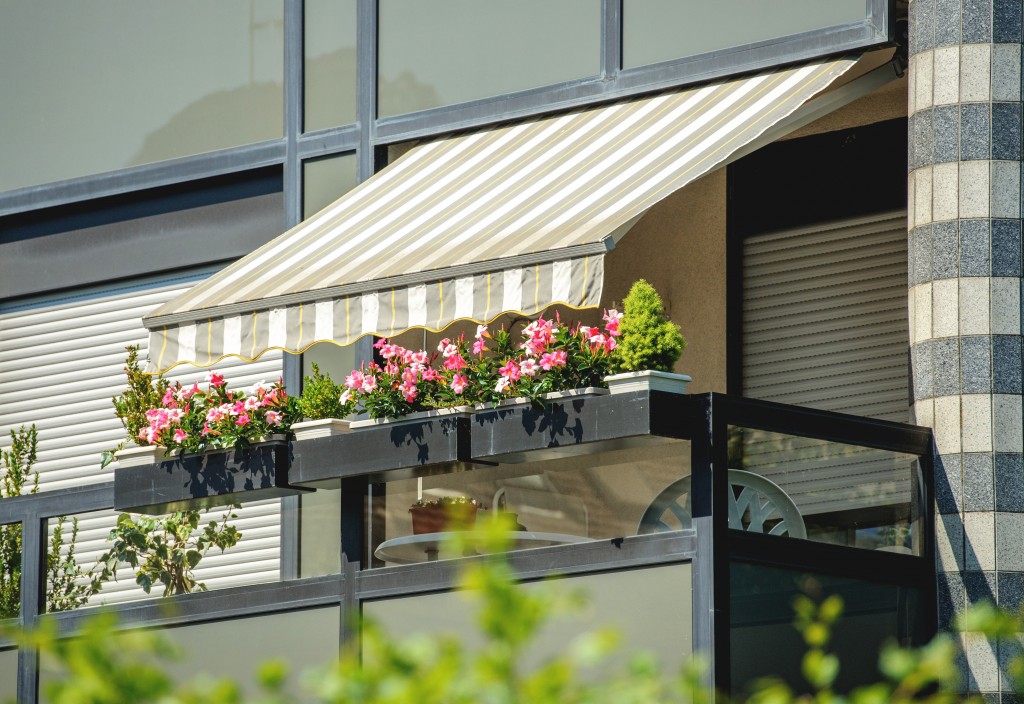The summer heatwaves are getting hotter and longer. Crossing 40°C is expected during summers, and even the cooler parts of Australia (Gold Coast and Sunshine Coast) often cross the 40°C threshold. Staying cool becomes not just a matter of comfort as heat-related illnesses are becoming a seasonal problem. Of course, you can crank up the air conditioning, but there are other methods you can adopt that won’t run up your electricity bills.
Create a Closed Environment
With proper insulation, you can ensure that your house stays cool, regardless of outside temperatures. Insulation can keep your house 5-10 degrees cooler without air conditioning. Roofing insulation is the most essential. It is where most of the transfer of heat from outside to the inside of your home takes place, particularly when sunlight is bombarding it in the middle of the day. Roofing insulation can cost $1,000-$3,000, but it’s a good investment that will last for more than 15 years.
Just insulating your roof can reduce the stress on your air conditioning system significantly. It won’t be working as hard or as often, and this can reduce your electrical consumption by 30 percent. The savings you get on your electric bill should cover the cost of insulating your roof in 2-5 years — less if you live in New South Wales or South Australia. Of course, you’ll also have to reduce heat transfer by keeping your doors and windows closed at certain times and ensuring your vents aren’t letting in too much heat.
Throw Some Shade

There won’t be a heatwave without the sun. While you certainly can’t get rid of the sun, you can take measures to block sunlight. Adding shade to your house’s surroundings will block direct sunlight and drastically reduce heat. A few trees in the sun’s path should provide enough shade to keep things cool. Of course, planting a few fruit trees will take years, but you can buy fully grown ones from landscapers and have them replanted.
Adding a patio to your house will also make it a little bit cooler. Patios extend your house’s shade, preventing the area under them from being scorched by the sun. If you’re into gardening, try your hand making a green wall. Vines and creepers can form a layer of protection over your walls, effectively blocking the sun and providing another layer of insulation to your house. Just be careful with the type of vines you use because some of them can drill into your walls and cause structural damage.
Block UV Radiation
Sunlight can enter through glass windows and doors, and some houses purposefully have them to let the light in. Heavy curtains and window shades can certainly keep sunlight at bay, but they can also turn your house dreary and unappealing. Modern offices solve this problem using smart glass, glass sheets specifically designed to turn opaque or clear with a flick of a switch. Smart glass can cost $50-$100 per square foot, so it can get costly if your home has a lot of glass.
A cheaper alternative is to apply UV-filtering film to your glass windows and doors. Most of the sun’s heat comes from UV radiation, and UV-filtering film effectively blocks UV while still letting light in. UV film won’t make your house look dark. They come in many shades and can be as clear or as dark as you want them to be.
With the changes bought about by climate change, heatwaves in Australia are all but inevitable. All you can do is adapt to the conditions and make changes to make your house cooler, safer, and more comfortable.
